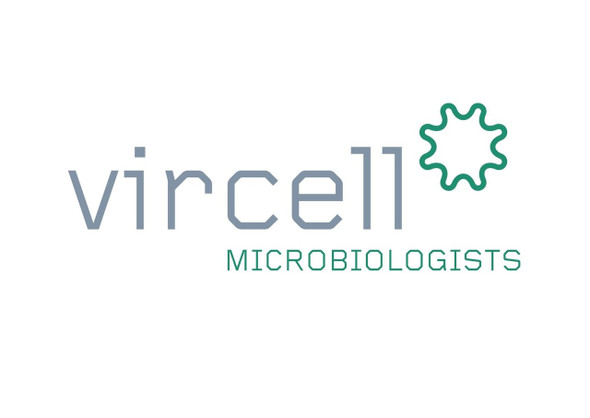Description
MALARIA IgG/IgM ELISA
This Malaria IgG/IgM ELISA is intended for the qualitative determination of IgG/IgM antibodies against Plasmodium in human serum or plasma.
The qualitative immunoenzymatic determination of specific antibodies is based on the ELISA (Enzyme-linked Immunosorbent Assay) technique. Microplates are coated with specific antigens to bind corresponding antibodies of the sample. After washing the wells to remove all unbound sample material a horseradish peroxidase (HRP) labelled conjugate is added. This conjugate binds to the captured antibodies. In a second washing step unbound conjugate is removed. The immune complex formed by the bound conjugate is visualized by adding Tetramethylbenzidine (TMB) substrate which gives a blue reaction product.
The intensity of this product is proportional to the amount of specific antibodies in the sample. Sulphuric acid is added to stop the reaction. This produces a yellow endpoint colour. Absorbance at 450/620 nm is read using an ELISA microwell plate reader.
PRODUCT DETAILS
- High sensitivity – 95.88%.
- High specificity – 97.53%.
- Short assay time – <3 hours.
- 1 x 96 tests.
BACKGROUND
Malaria is the most common tropical parasitic disease and is by now also of importance through returning travelers in non-endemic areas. The transmission of Plasmodium (P. ovale, P. malariae, P. vivax, P. falciparum) occurs by the bite of the Anopheles female mosquito. P. falciparum and P. vivax are the most common types.
The initial symptoms of infection are nonspecific (headache, fever, chills, dizziness, nausea) and may persist for several days. Several days or weeks later it comes to periodic fever attacks every 3 to 4 days depending on the species. For the Tropical Malaria these periodic phases are often not pronounced.
Especially at risk are children and non-immune adults from non-endemic areas (tourists from USA and Europe) as well as children from endemic areas between 6 months and 3 years of age. Adults in endemic regions develop a kind of resistance to malaria. Alternative routes of infection are transplacentally, through blood transfusion or contaminated syringes among drug addicts.
References:
- Bruce-Chwatt, L. J. (1982): Transfusion malaria revisited. In Tropical diseases bulletin 79 (10), pp. 827–840.
- Chiodini et al. (1997): Evaluation of a malaria antibody ELISA and its value in reducing potential wastage of red cell donations from blood donors exposed to malaria, with a note on a case of transfusion-transmitted malaria. In Vox sanguinis 73 (3), pp. 143–148.
- Dodd, R. Y. (1998): Transmission of parasites by blood transfusion. In Vox sanguinis 74 Suppl 2, pp. 161–163.
- Doderer et al. (2007): A new ELISA kit which uses a combination of Plasmodium falciparum extract and recombinant Plasmodium vivax antigens as an alternative to IFAT for detection of malaria antibodies. In Malaria journal 6, p. 19. DOI: 10.1186/1475-2875-6-19.
- Hoffman et al. (2006): Malaria. In Richard L. Guerrant, David H. Walker, Peter F. Weller (Eds.): Tropical infectious diseases. Principles, pathogens & practice. 2nd ed. Philadelphia: Churchill Livingstone, pp. 1024–1062.
THIS ELISA ASSAY IS FOR RESEARCH USE ONLY. IT IS NOT FOR USE IN DIAGNOSTIC PROCEDURES.






